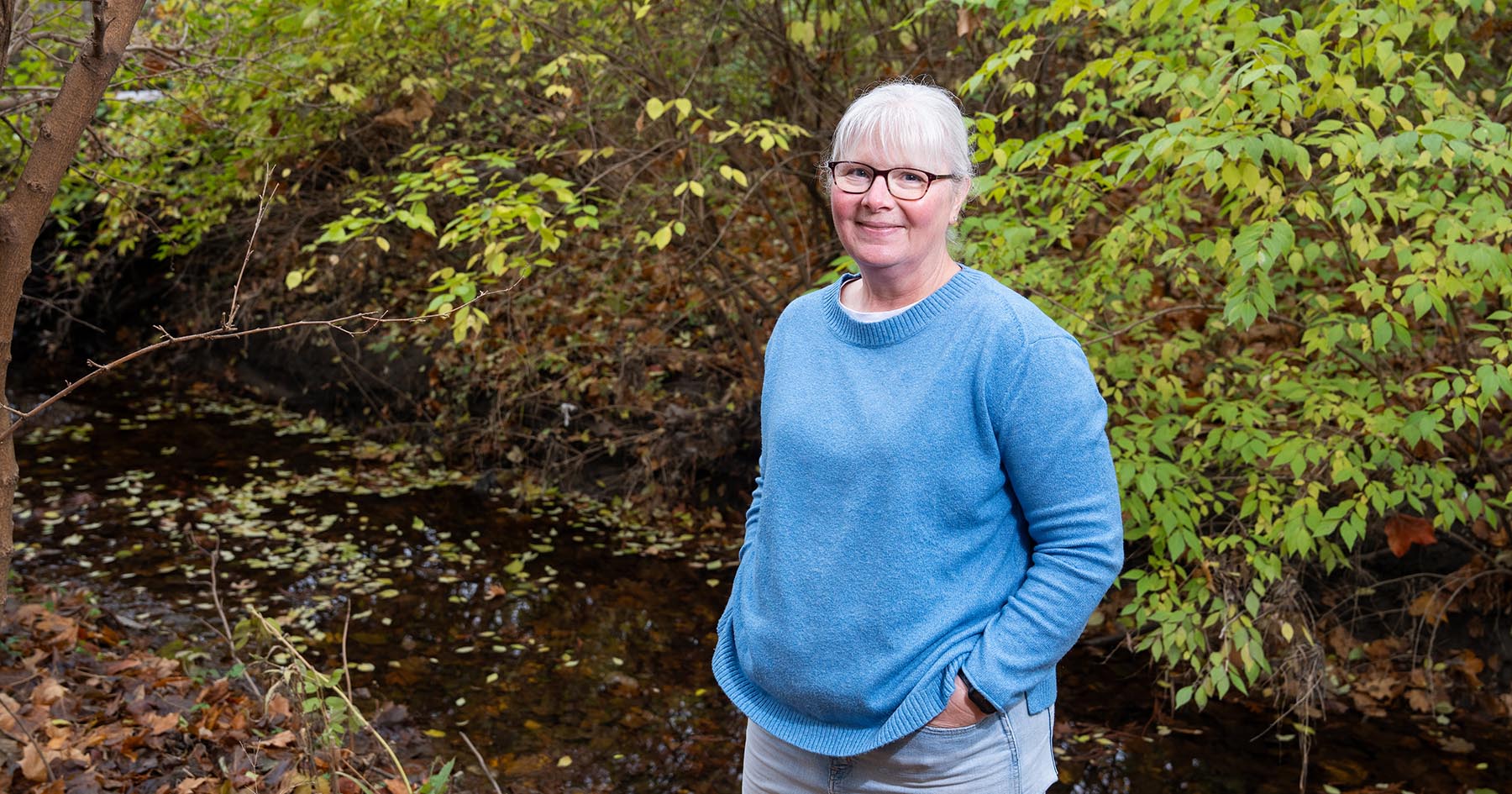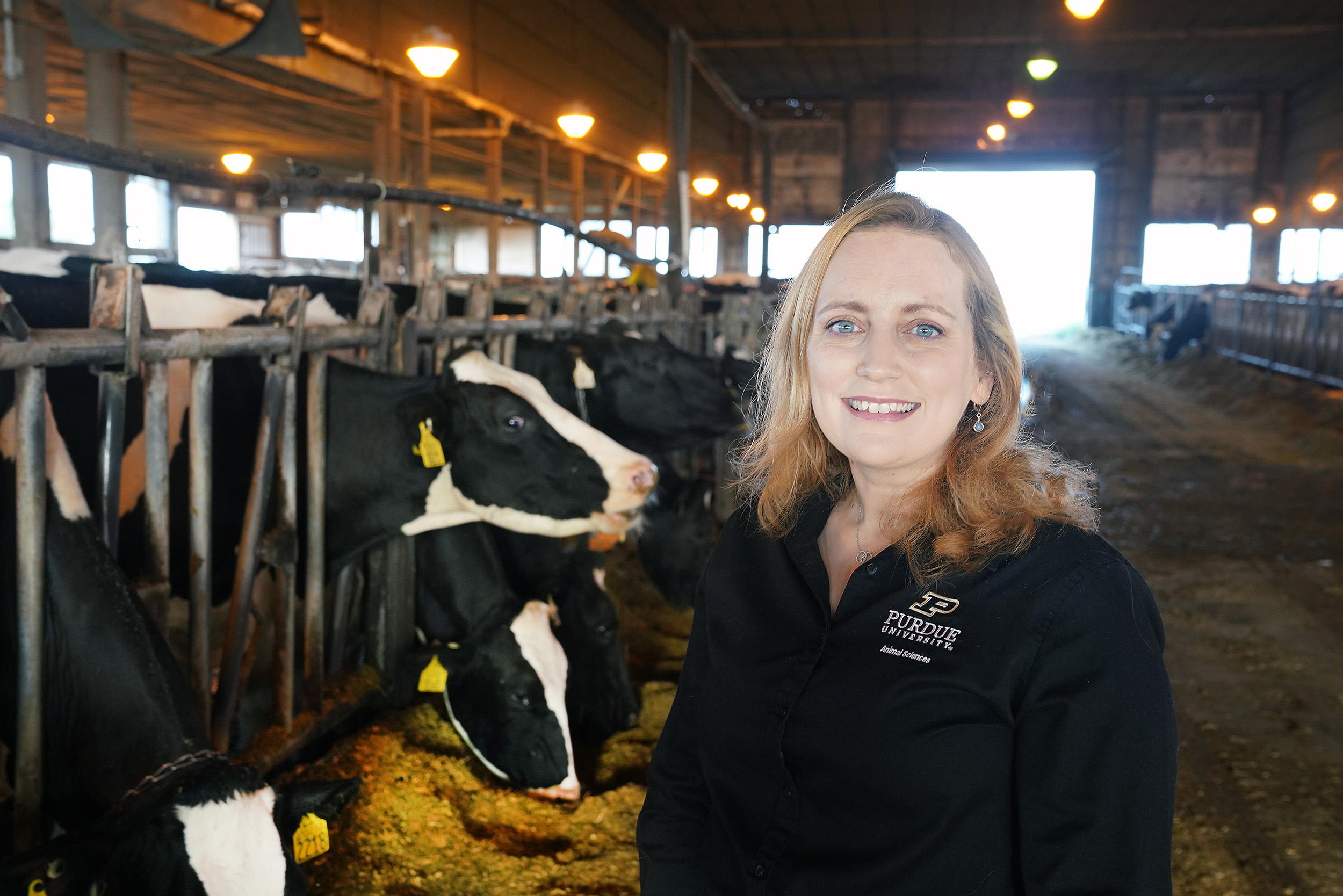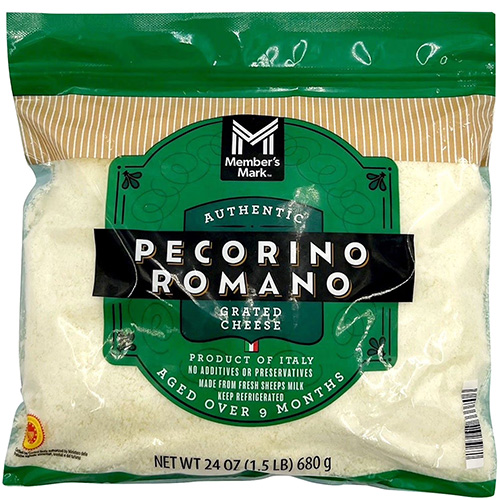Purdue professor finds non-ionizing radiation technology can decontaminate Timothy hay
A primary source of nutrition for small pets such as guinea pigs, rabbits and chinchillas, Timothy hay producers have struggled for two decades to find a solution to salmonella contamination and outbreaks among ready-to-eat products.
Deandrae Smith, assistant professor of food science, said human cases of salmonella are typically acquired through eating contaminated food, but scientists have also documented cases of salmonella transmitted from animals to humans. Cases of salmonella in animals frequently lack visible symptoms, leaving the pet owner unaware and posing a risk of spreading. 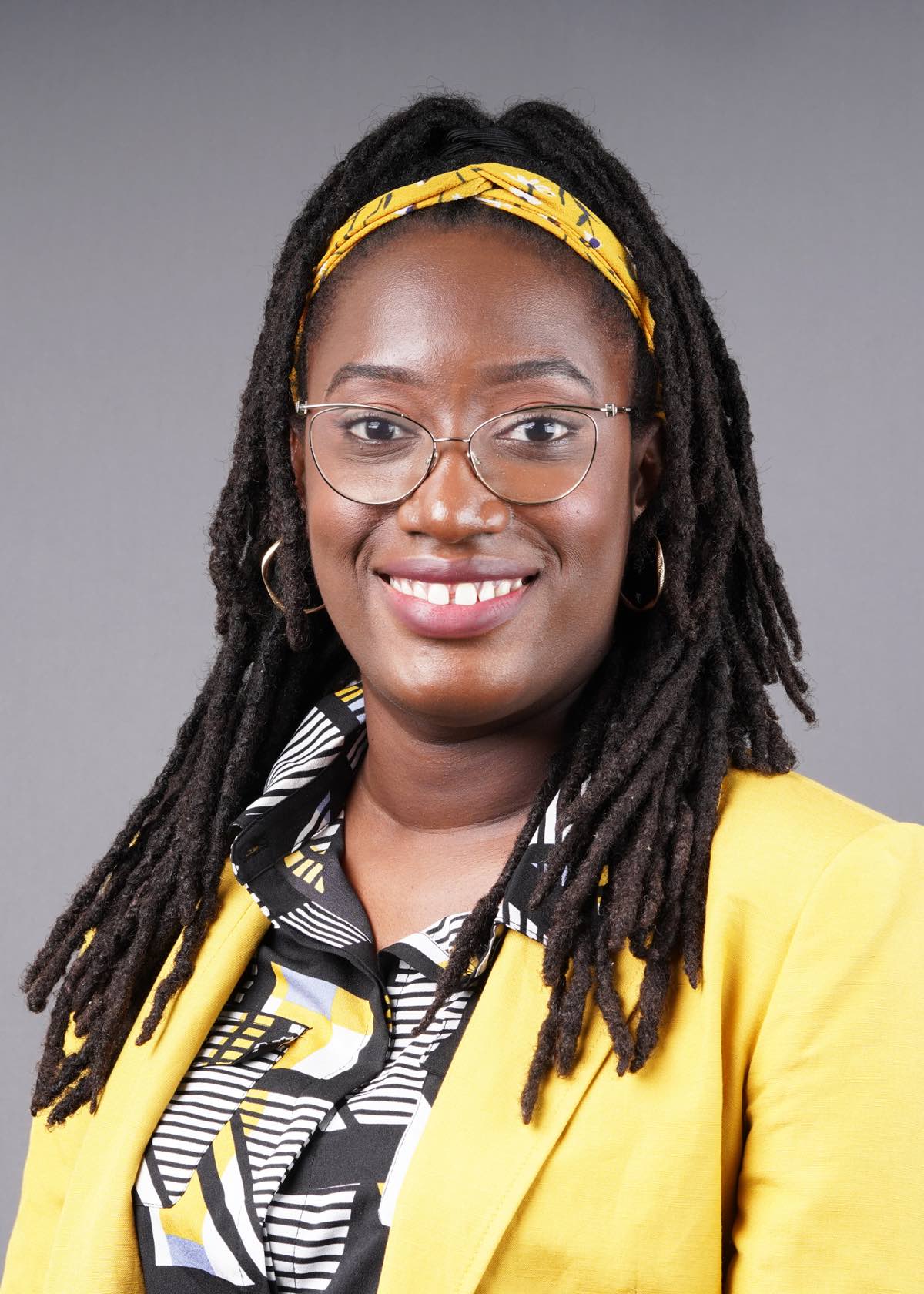
Smith said Oxbow Animal Health, a small pet food manufacturer, initially reached out to the University of Nebraska-Lincoln's Department of Food Science, where Smith previously taught online courses until joining Purdue’s College of Agriculture in August, for help with solving a growing concern for potential salmonella contamination in the company’s Timothy hay production.
Several methods for decontamination currently exist and are in active use, but Smith explained those methods are better used on a higher moisture product than a dry product like Timothy hay.
“If you were to apply those methods onto a low moisture food, you will end up increasing the moisture content of the product and reducing its shelf life,” Smith said.
As a graduate student, Smith said she worked with microwave, infrared and ultraviolet technology. For this experiment, she opted to utilize radiofrequency (RF) technology due to its deeper penetration abilities. This is necessary for industrial production, where massive amounts of hay are decontaminated.
“Radiofrequency technology heats the food quickly, uniformly and has a higher heating efficiency compared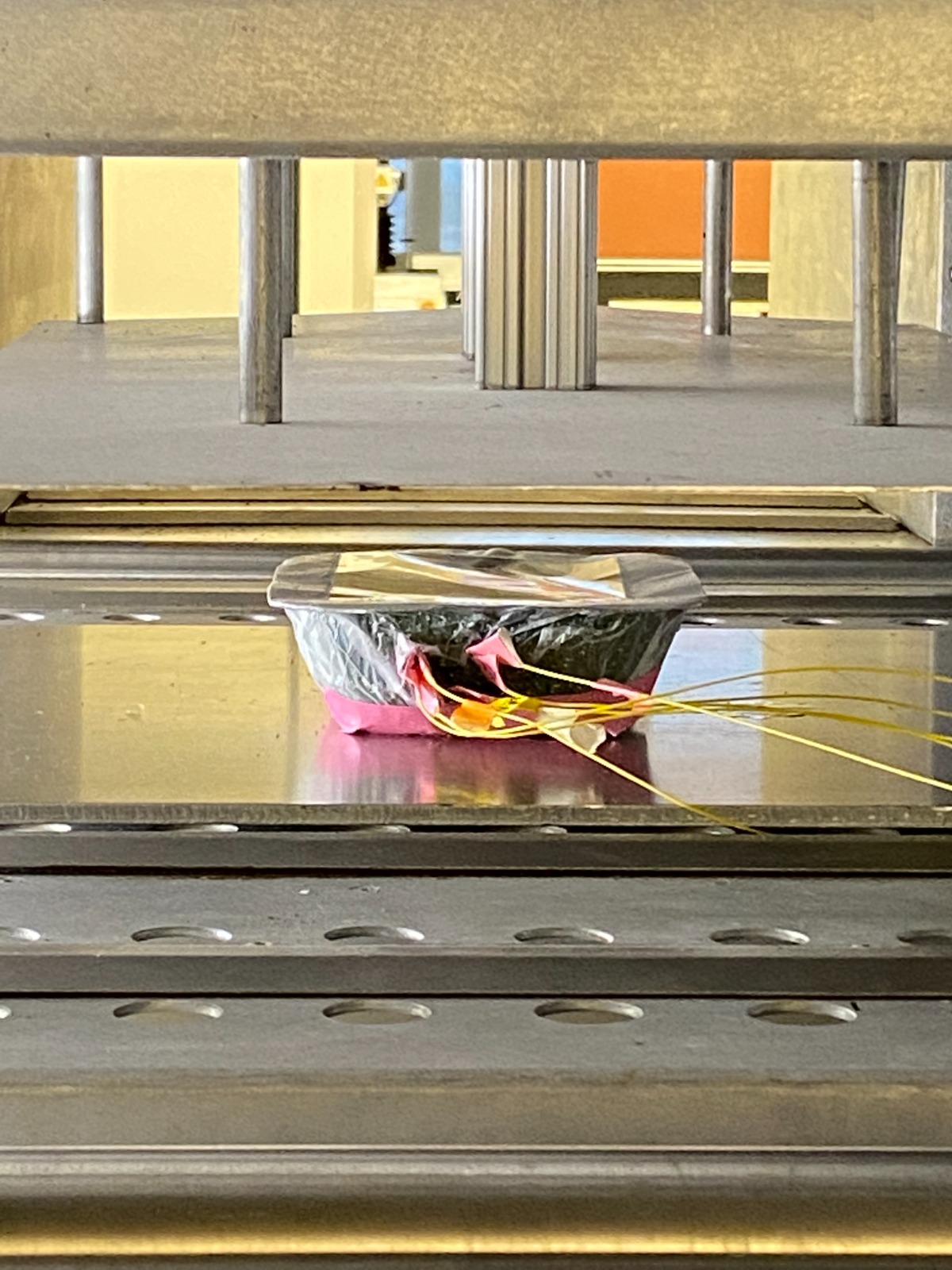 to microwave technology,” she said. “Radiofrequency and microwaves also do not induce browning.”
to microwave technology,” she said. “Radiofrequency and microwaves also do not induce browning.”
Smith said there is a lot of mistrust in the use of radiation in processing due to a lack of public information surrounding its usage and the differences between non-ionizing radiation and ionizing radiation. Non-ionizing radiation, used in Smith’s research, is a form of radiation with less energy than ionizing radiation. Unlike ionizing radiation, non-ionizing radiation does not remove electrons from atoms or molecules of materials that include air, water and living tissue.
No physical chemical changes were found in the Timothy hay after being treated with the non-ionizing radiation, Smith said, showing the hay would retain its nutritional value after processing.
The one slight disadvantage to using radiofrequency technology in manufacturing compared to current decontamination processes would be the high startup costs, Smith said, along with the operational costs. But once the manufacturer hires the capable labor and has the equipment set in place, the process is easy to manage.
Smith said this is a big step for processing dry goods. With plans to publish this research, she is eager to pursue her findings further.
"I want to continue research like this with other faculty members so we can better optimize the technology for use at the industrial level. This would create a standard set of process parameters necessary for reduction in bacteria like salmonella."
- Deandrae Smith, assistant professor of food science


